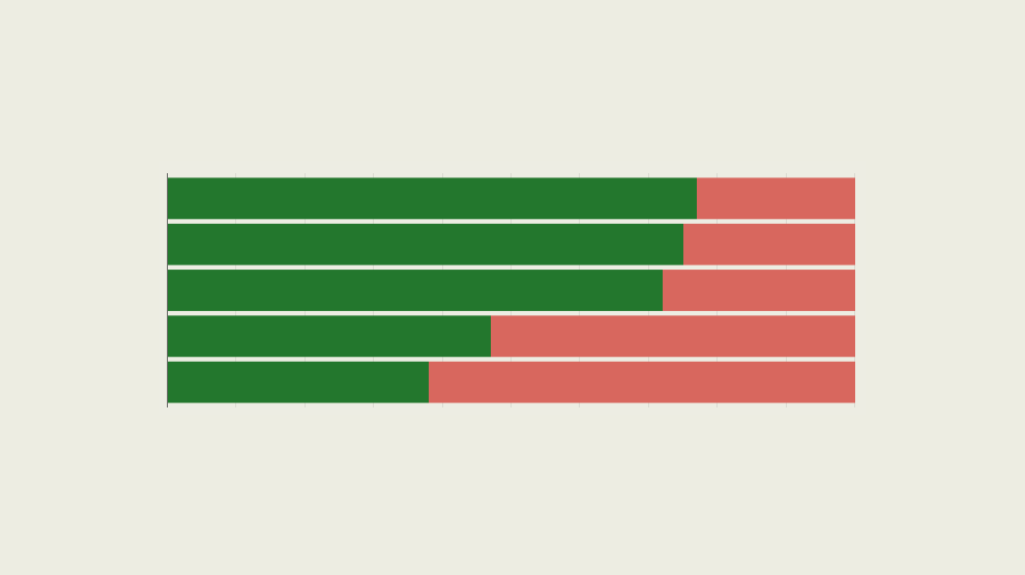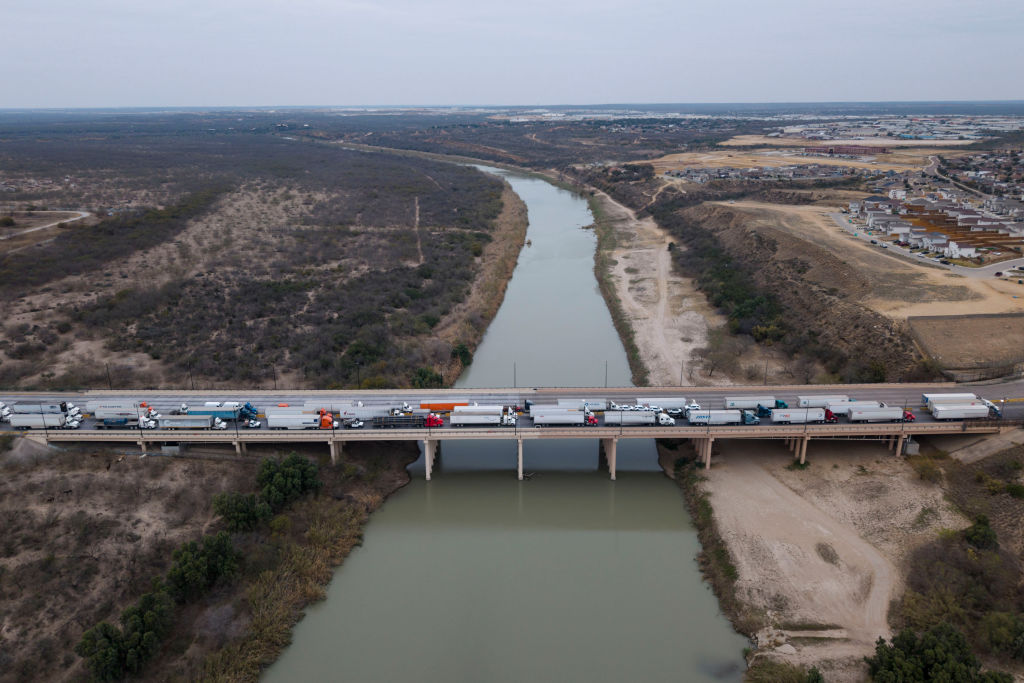Colombia Update: A Landmark Agreement on Landmines
Colombia Update: A Landmark Agreement on Landmines
The Colombian government and FARC leaders reached an agreement this month to start the removal of 50 years’ worth of landmines.
After years of fighting on opposite sides of the line, the Colombian government and the country’s main rebel group agreed to work side by side—literally—on a crucial issue: landmine removal. Negotiators announced this month at ongoing peace talks in Havana that they aim to begin the demining process in two to three affected areas within the next six weeks. The demining teams will involve a cooperation of individuals from various groups, including army units trained in demining, current members of the Revolutionary Armed Forces of Colombia (best known as the FARC), as well as local community members, including former FARC guerillas now working as civilians.
Importantly, while the FARC may be abiding by a December 2014 ceasefire, the guerillas’ organization still has not agreed to completely stop planting landmines, which it says it does defensively to protect its positions. The country’s second biggest guerilla group, the National Liberation Army (ELN), would also need to join the process and make a pledge to stop planting more mines. Nevertheless, the inclusion of the civilians, in particular, is an important step in the peace process both logistically and symbolically.
Scope of the Landmine Challenge in Colombia
An estimated 63 percent of Colombian territory is currently at some risk of landmines, and all 31 of Colombia’s mainland departments have some form of landmine contamination (only the Caribbean archipelago department of San Andres is landmine-free). The FARC, which at its height at the turn of the century controlled 42,000 square miles—a portion of Colombian territory about the size of Tennessee—has used landmines for decades. The ELN also uses landmines, but is neither involved in the current peace talks nor made commitments regarding landmines or otherwise. The Colombian military used to place defensive mines around 35 of its bases, but military engineers cleared them in recent years.
Since 1990, Colombia’s landmines caused more than 11,000 deaths and injuries, of which approximately 38 percent were civilian and more than a quarter of those (about 10 percent of the total) children, according to Colombia’s Office of Anti-Mine Management (Dirección Contra Minas). The Andean country has the second-highest landmine casualty rate in the world, after Afghanistan. The issue has persisted for decades and the violence displaced millions, but casualty figures rose significantly in the last 15 years as the military launched an offensive that pushed the FARC farther back, with rebels laying mines as they retreated. The Antioquia department in the northern part of the country has experienced the most casualties, with 2,346 victims.
While landmine removal itself is not one of the six negotiating points for the Colombian government and the FARC, rural agrarian development is. With the conflict displacing an estimated 5 million Colombians over the last 50 years, the demining process represents one important step of many to resettlement of those peoples. This month in one community in the Antioquia department, 14 families were able to return to the La Honda area after 17 years of displacement due to violence in the area.
The HALO Trust, a British nonprofit that works in demining across the globe and has operated in Colombia since 2009, leads civilian humanitarian demining work in the country, with ongoing operations in the departments of Antioquia, Bolivar, and Sucre. As of right now, workers can only go in “green zones” where there has been no fighting in the last three years and where landmines have “no strategic value.” Over the next few weeks, government and FARC negotiators will look to identify contaminated areas, and also possible new territories where demining teams could start working, including current “red zones.”
What Comes Next: Cautious Steps Ahead
The work ahead is considerable. The government pledged to have all mines cleared by 2021 and to clear the 688 municipalities where there are known landmines, though even Oscar Naranjo, the deputy minister of post-conflict and a participant in the talks, said the process will take decades.
The actual demining process is painstakingly slow, too: it can take more than 24 hours to excavate (and even then, not necessarily deactivate) mines in a 40-square-meters area. One unit of soldiers working to demine areas in the Bolivar province removed just 28 mines in 14 months. HALO Trust spent three months clearing a swathe of 3,100 square meters, in which they found and deactivated three mines. (Watch a video of a HALO Trust member deactivating a mine here.)
Funding will continue to be a major issue as well. The government estimates it’ll cost upwards of $200 million, and the UN Mine Action Service (UNMAS) currently operates at a budget of $5 million a year in Colombia. Now that civilian teams are joining the demining process, UNMAS says funding is “urgent” to be able to increase the number of teams trained in demining.
While negotiators tackle these difficult issues and other details, they will at least have one date in the short-term to mark: April 4 is the International Day of Mine Awareness and Assistance in Mine Action.










